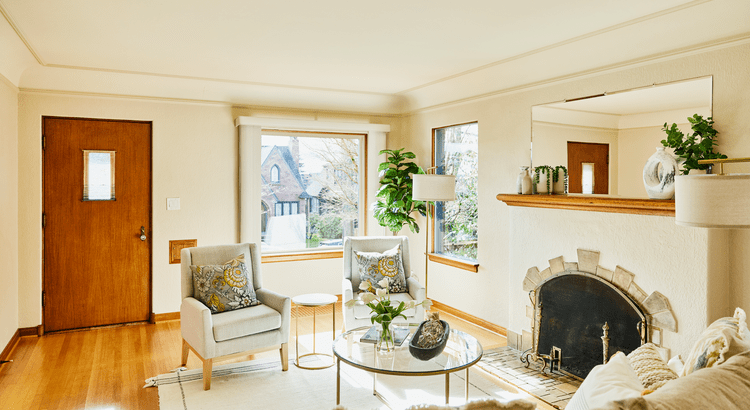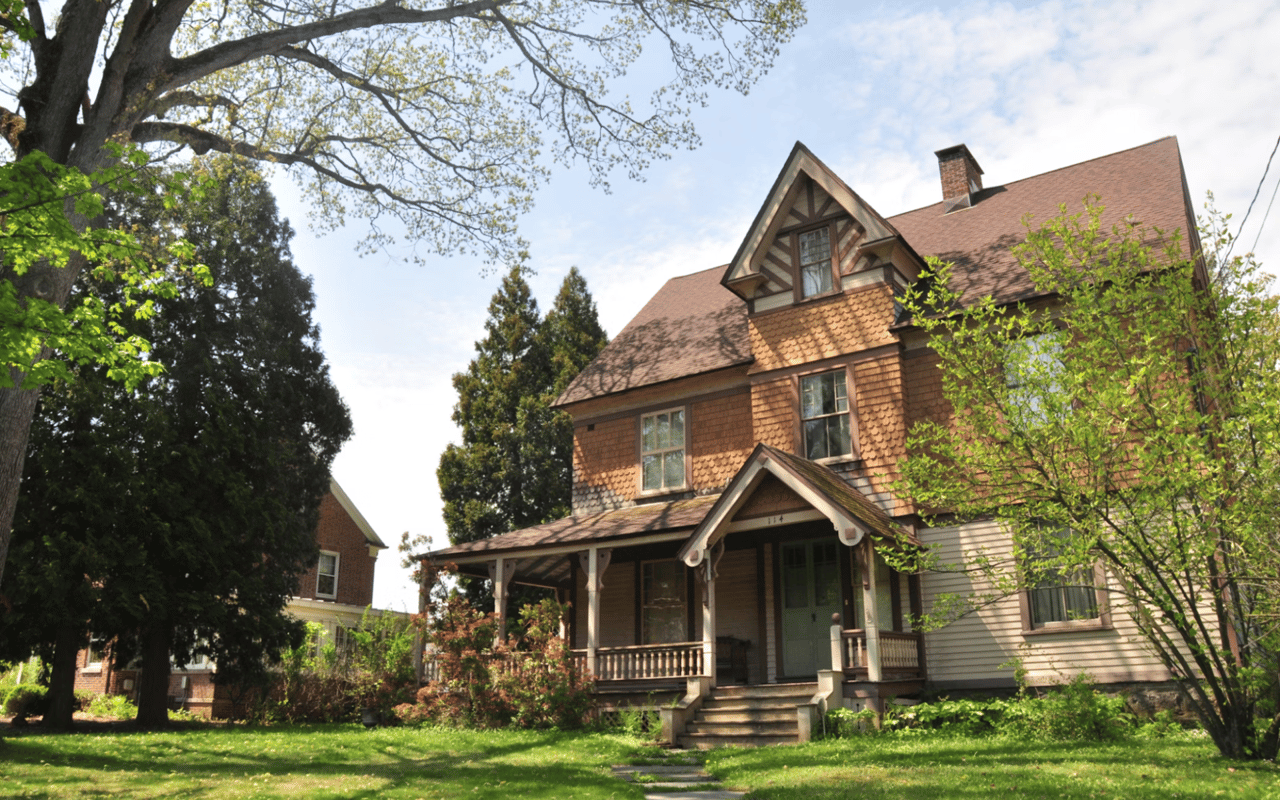Setting the right price for your home is one of the most critical decisions you’ll make when selling. Too high, and your property may sit on the market for months; too low, and you could lose out on potential profits. So, how do you determine the right price for your home in today’s competitive real estate market? This guide will explore how to price a house for sale effectively to attract buyers while maximizing your return.
1. Understand the Current Market
Seller’s Market vs. Buyer’s Market
The first step in setting the right price for your home is understanding the current real estate market. In a seller’s market, there’s a high demand for homes and fewer properties available, which often leads to higher prices. Conversely, a buyer’s market means there are more homes for sale than buyers, which can result in lower prices and longer selling times.
It’s important to recognize which market you’re in because this will significantly influence your pricing strategy. In a seller’s market, you may have the flexibility to set a higher price, while in a buyer’s market, you may need to price more competitively to attract offers.
Local Market Conditions
National trends are important, but real estate is highly localized. The conditions in your neighborhood or city may differ from broader market trends. Pay attention to local market data, such as how long homes in your area are staying on the market and how much they’re selling for compared to their list price. This information will help you gauge how aggressive or conservative you need to be with your pricing.
2. Get a Comparative Market Analysis (CMA)
What Is a CMA?
A Comparative Market Analysis (CMA) is a report prepared by a real estate agent that evaluates the prices of recently sold homes in your area that are similar to yours in size, location, and condition. The CMA helps determine a realistic price range for your home based on comparable properties, also known as “comps.”
Why a CMA Is Essential
A CMA provides valuable insights into what buyers are willing to pay for homes like yours. This data-driven approach ensures you’re not relying on guesswork when determining your home’s price. It also helps you avoid the common mistake of overpricing, which can lead to fewer offers and a longer time on the market.
3. Assess Your Home’s Unique Features
Highlighting Key Selling Points
Every home is unique, and certain features can significantly impact your home’s value. For example, if your home has a newly renovated kitchen, a finished basement, or an energy-efficient HVAC system, these features can justify a higher asking price. On the other hand, if your home needs major repairs or upgrades, this may require adjusting your price downward to attract buyers.
When pricing your home, make sure to account for any upgrades, amenities, or unique features that set it apart from other properties in your area. A well-maintained home with modern finishes will likely command a higher price than a similar home in need of updates.
Curb Appeal and Presentation
First impressions matter, and the exterior of your home plays a huge role in attracting potential buyers. If your home has great curb appeal with a well-maintained lawn, fresh paint, and clean landscaping, you may be able to set a higher price. On the other hand, homes that look unkempt from the outside may require a lower asking price or some investment in improvements before listing.
4. Avoid Common Pricing Mistakes
Overpricing
One of the most common mistakes sellers make is overpricing their home. While it’s tempting to list your property for more than it’s worth in hopes of getting the highest possible offer, overpricing can backfire. Buyers are savvy and will often overlook homes they feel are overpriced compared to other similar properties. This can lead to your home sitting on the market for an extended period, and the longer a home sits unsold, the more likely buyers are to assume something is wrong with it.
If your home remains on the market for too long, you may need to lower the price, which can make buyers think they can get a bargain. Instead of starting too high and risking a price reduction later, it’s better to price your home competitively from the beginning.
Underpricing
While pricing too high can be a problem, underpricing your home can also be a mistake. You don’t want to leave money on the table by listing your home for less than it’s worth. While underpricing might generate more interest and potentially lead to multiple offers, it’s a risk that doesn’t always pay off. Work with your real estate agent to strike the right balance between attracting buyers and maximizing your home’s value.
5. Use Online Tools, But Don’t Rely on Them Entirely
The Role of Automated Valuation Models (AVMs)
Online tools can give you a general idea of what your home might be worth. These tools use Automated Valuation Models (AVMs) that analyze public data, recent sales, and local market trends to estimate your home’s value.
Why You Still Need a Professional
While AVMs can provide a helpful starting point, they aren’t always accurate. They don’t account for the specific condition of your home, unique upgrades, or other factors that can significantly impact its value. For a more precise assessment, it’s best to work with a real estate professional who can provide a personalized evaluation based on current market conditions and your home’s individual features.
6. Timing Matters
The Best Time to Sell
Timing can play a big role in how quickly your home sells and for how much. Spring and early summer are traditionally the best times to sell, as more buyers are actively looking for homes during these months. If you list your home during a time when there’s high buyer demand, you may be able to set a slightly higher price.
Conversely, selling during the off-season (late fall and winter) might require pricing your home more competitively, as there are typically fewer buyers in the market. If you need to sell quickly, pricing your home attractively during these slower months can help generate interest and lead to a faster sale.
7. Be Willing to Adjust
Monitor Market Response
Once your home is on the market, pay close attention to how it’s being received. If you’ve had multiple showings but no offers, or if your home has been listed for several weeks without much interest, it may be time to reassess your pricing strategy. Listen to feedback from potential buyers and your real estate agent, and be open to making price adjustments if necessary.
Price Reductions Can Work
While reducing your home’s price can feel disappointing, it’s sometimes necessary to generate interest and get your property sold. A small price reduction can attract a fresh wave of buyers who may have previously dismissed your home because of its higher price point.
Pricing your home correctly in today’s market is essential to attracting the right buyers and maximizing your profits. By understanding current market conditions, getting a Comparative Market Analysis, and avoiding common pricing mistakes, you can confidently set the right price for your home.
Sell Your Home with the Connie Widmann Team
For expert advice on how to price a house for sale and ensure a successful transaction, reach out to the
Connie Widmann Team for all your real estate needs.





